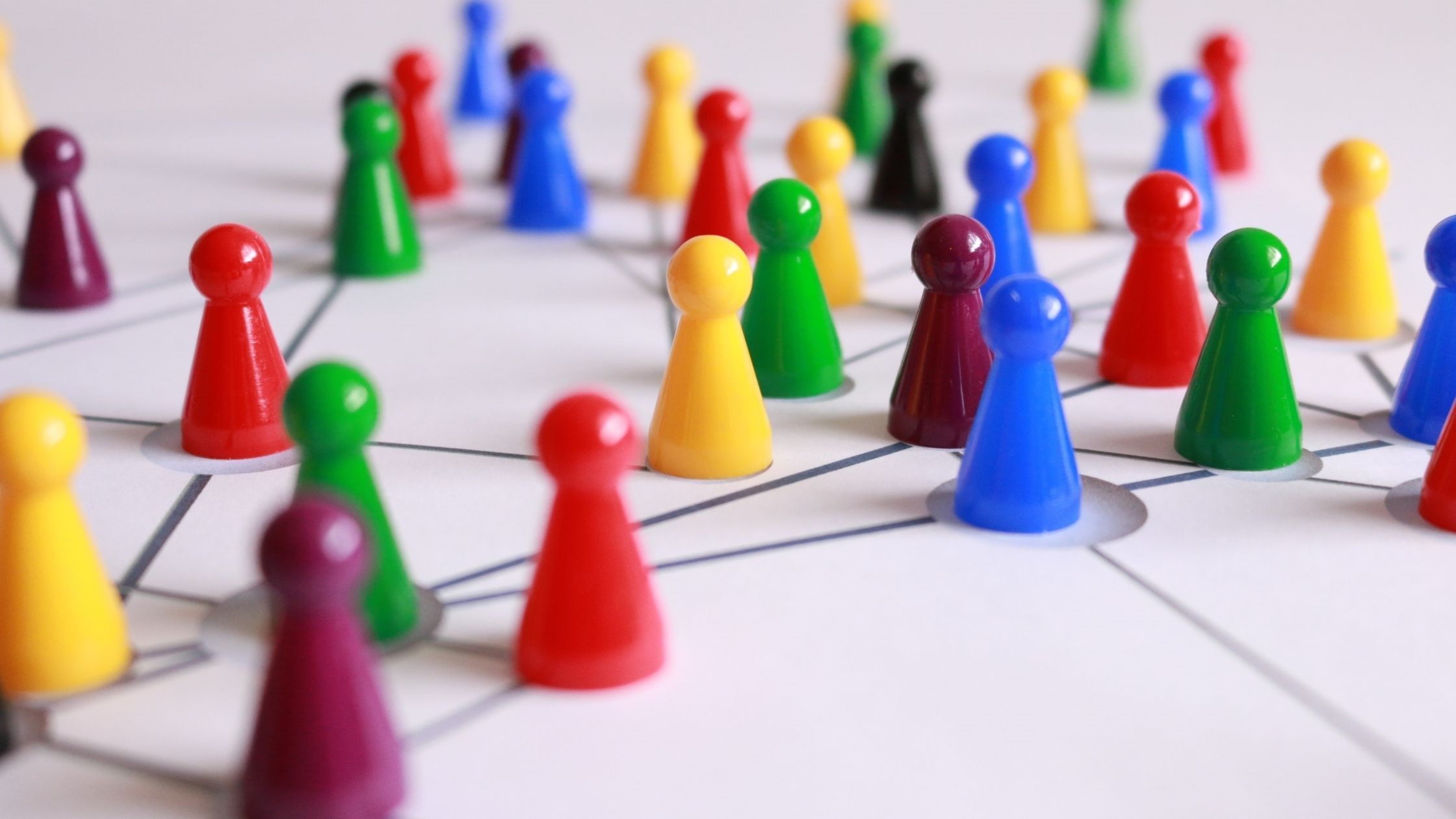4 min read
Avoid Sales Burnout: Lessons Learned from Death of a Salesman
Arthur Miller's 1949 play ‘“Death of a Salesman” is about what happens when a salesman, Willy Loman, fails to accept...
By: Matt Stanton on Oct 25, 2017 9:30:00 AM

More popular than ever before, gamification in the workplace is a growing trend that's being used to improve our working environments. By using elements normally found in games, employers can help improve work performances, increase motivation, and drive up job satisfaction.
But, why does gamification work? Let's dig into the science behind it to understand gamification in greater detail.
A key benefit of gamification in the workplace is the ability to increase a person's motivation through actions.
Studies found that the biggest indicator or motivation is dopamine. In a study comparing "slackers" and "go-getters," it found the "go-getters" had higher releases of dopamine when completing their assigned tasks. The presence of dopamine shows us the level of a person's motivation toward completing the task at hand.
Studies have also proven dopamine is associated with reward motivation through experiments using rats. Basically, both rats and "go-getters" are subconsciously seeking that gratifying surge of dopamine. The desired outcome fuels their motivation.
"Slackers", or those who don't have a high surge of dopamine when they complete a task, need to re-wire their brains. Setting personal and professional goals that are attainable is a positive first step. A person who is in sales, for example, could aspire to setting a certain number of appointments in a month. Games drive goal-setting and increase our dopamine in direct proportion to our work successes.
According to TeachThought, there are three psychological needs that humans have that gaming satisfies:
A video game research study from 2016 shed light on games and how they motivate us:
Employees, and people in general, may experience periods of high motivation. However, the pressure of a heavy workload, personal issues, or just feeling distracted might sap the motivation out of us.
According to James Clear, we need to make motivation a habit. One of the most successful ways of accomplishing this it to have outside reinforcement. Gamification science achieves this by regularly prompting participants to complete their goals.
Gamification allows employees to see where they are stacking up in regards to their goals, as well as how their performance compares to their peers. Transparency like this fuels motivation and drives us to achieve our goals.
When people are close to completing a goal, their motivation becomes about falling short instead of holding onto the initial drive to complete project or reach the deadline. Employees need to have goals that are SMART: Specific, Measurable, Agreed upon, Realistic, Time-based. Creating realistic goals with a clear path of how to attain them, sets employees up for success. This also creates more enthusiastic workers, who will go above-and-beyond in their usual duties because they don’t want to let themselves down as well as those around them. Once they have an attainable goal in sight, they won’t want to fall short.
Driving productivity will always be challenging. Gamification in the workplace is a vital tool in molding employees who value meeting and exceeding goals. TopRung is a professional gamification platform that can set your team up to crush their goals and elevate performance.
Sep 6, 2017 by admin
Arthur Miller's 1949 play ‘“Death of a Salesman” is about what happens when a salesman, Willy Loman, fails to accept...
Aug 15, 2023 by Koncert Marketing
Simply put, AI powered parallel dialing is using asoftwareapplication to make multiple...
Aug 6, 2020 by Joe Cronin
If you manage a B2B sales team, you are engaged in some sort of sales outreach. But what exactly is sales outreach?...